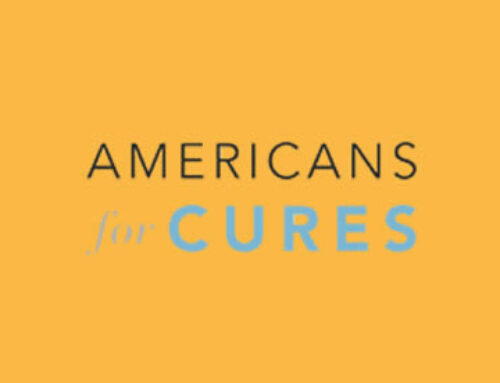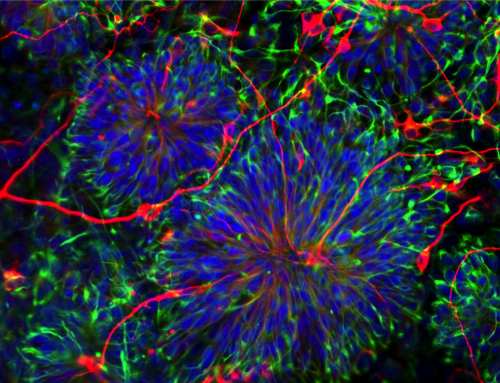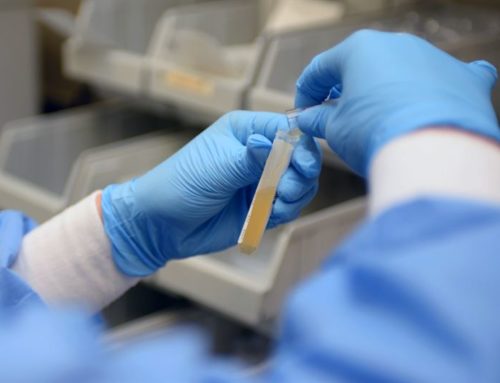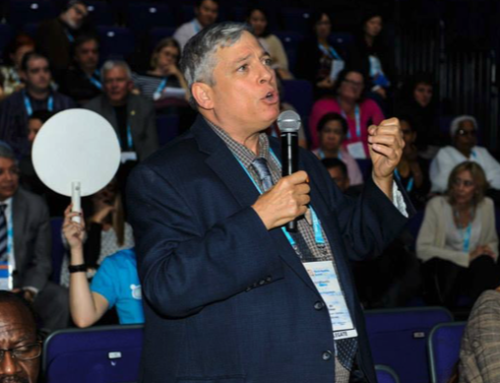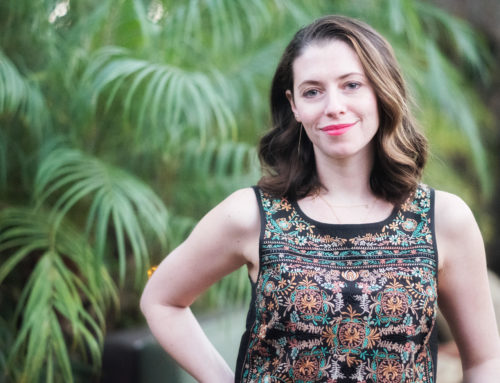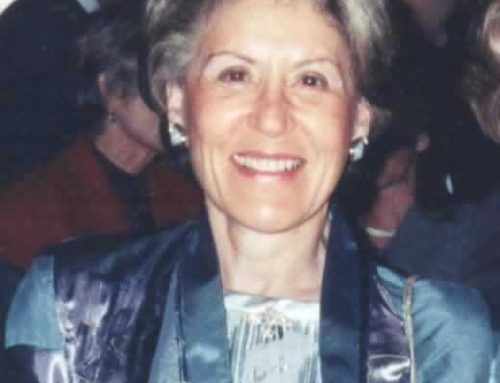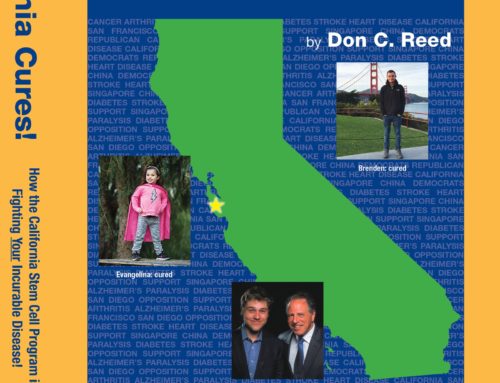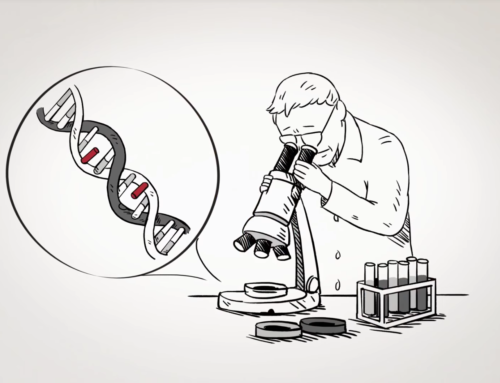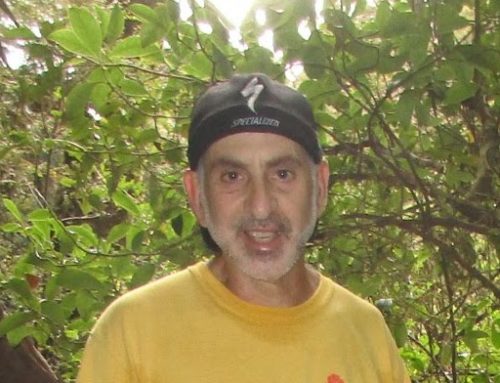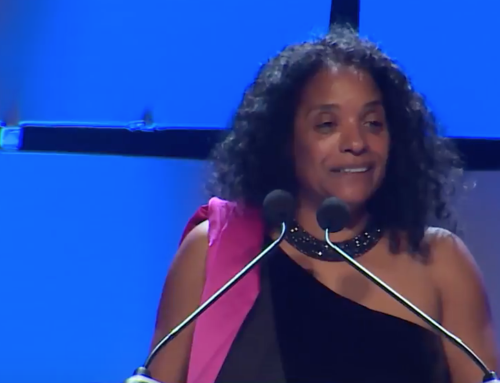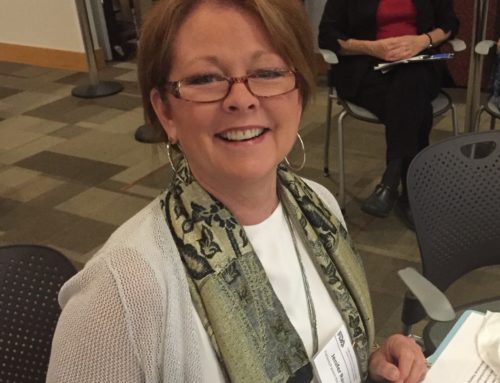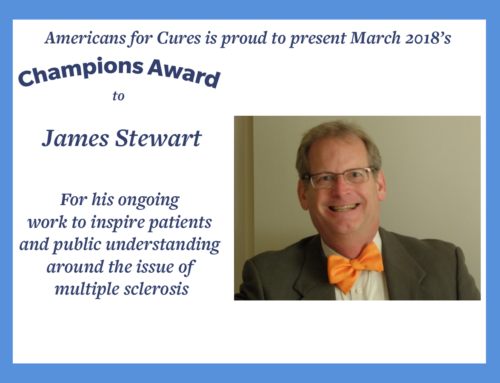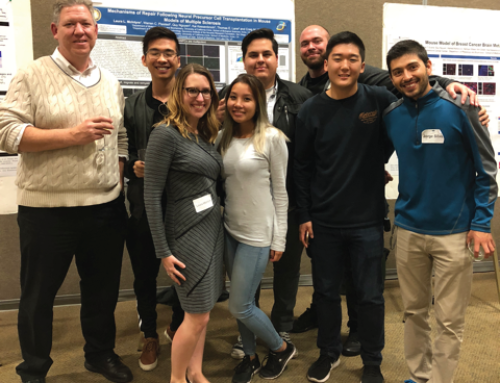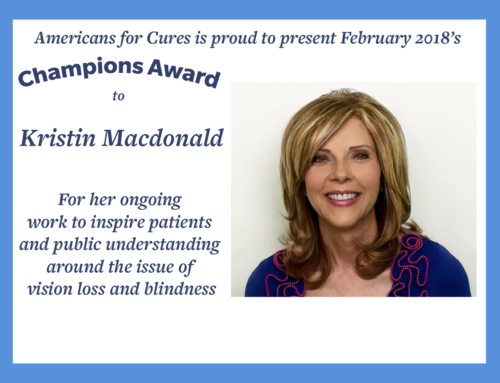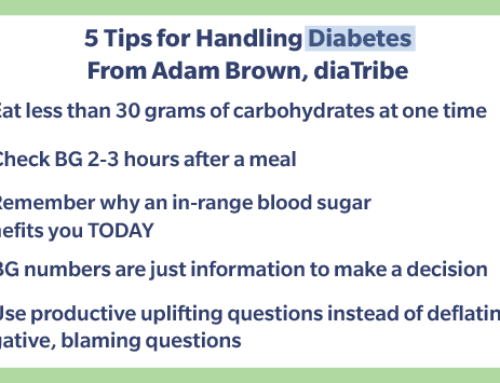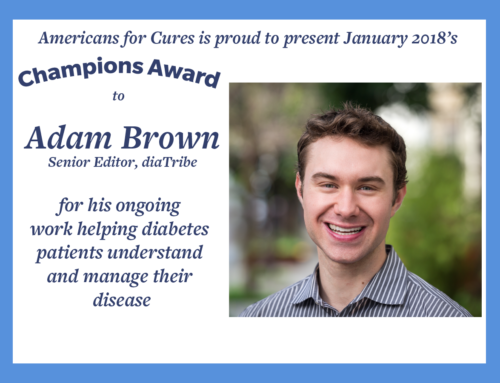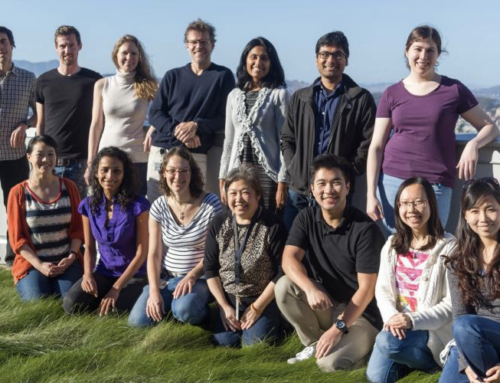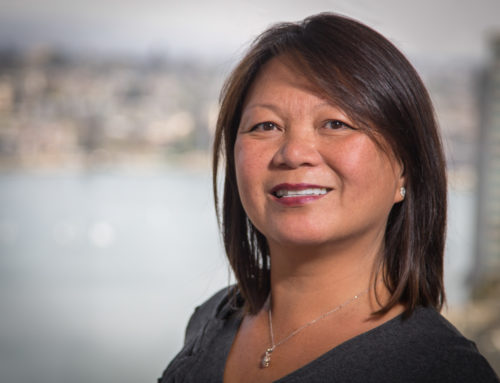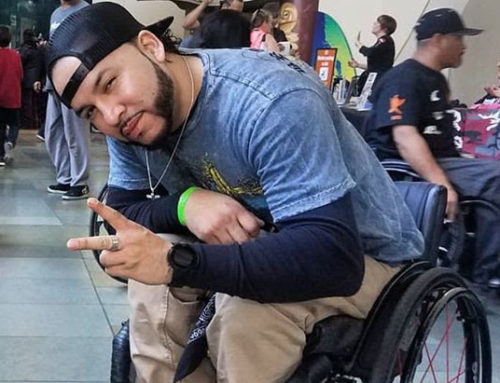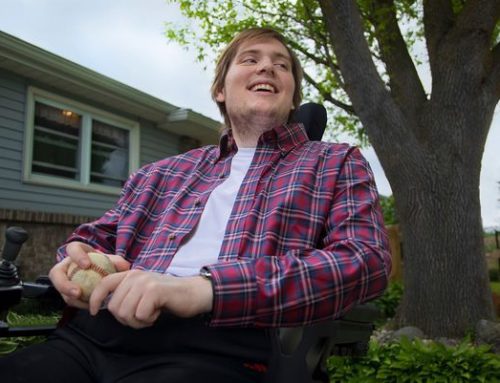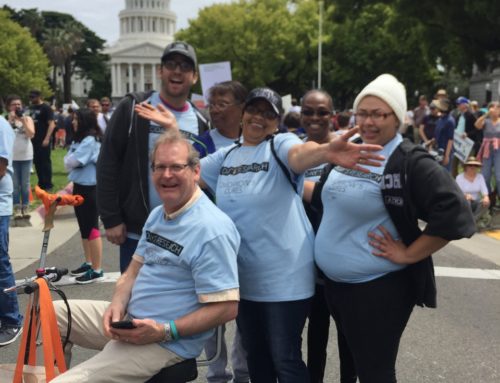Meet one of your Americans for Cures’ Scientific Advisory Board members and UC Irvine neurobiologist, Dr. Leslie Thompson. Leslie’s lab investigates the potential of stem cells to study and treat Huntington’s Disease (HD). Her list of accomplishments and publications keep growing and could fill up an entire pamphlet.
Yet, with all the successes and through the many years I have known her, Leslie’s humility has never changed and her drive for finding a treatment for HD has only increased. Her excitement and support for stem cell research are very evident in this interview.
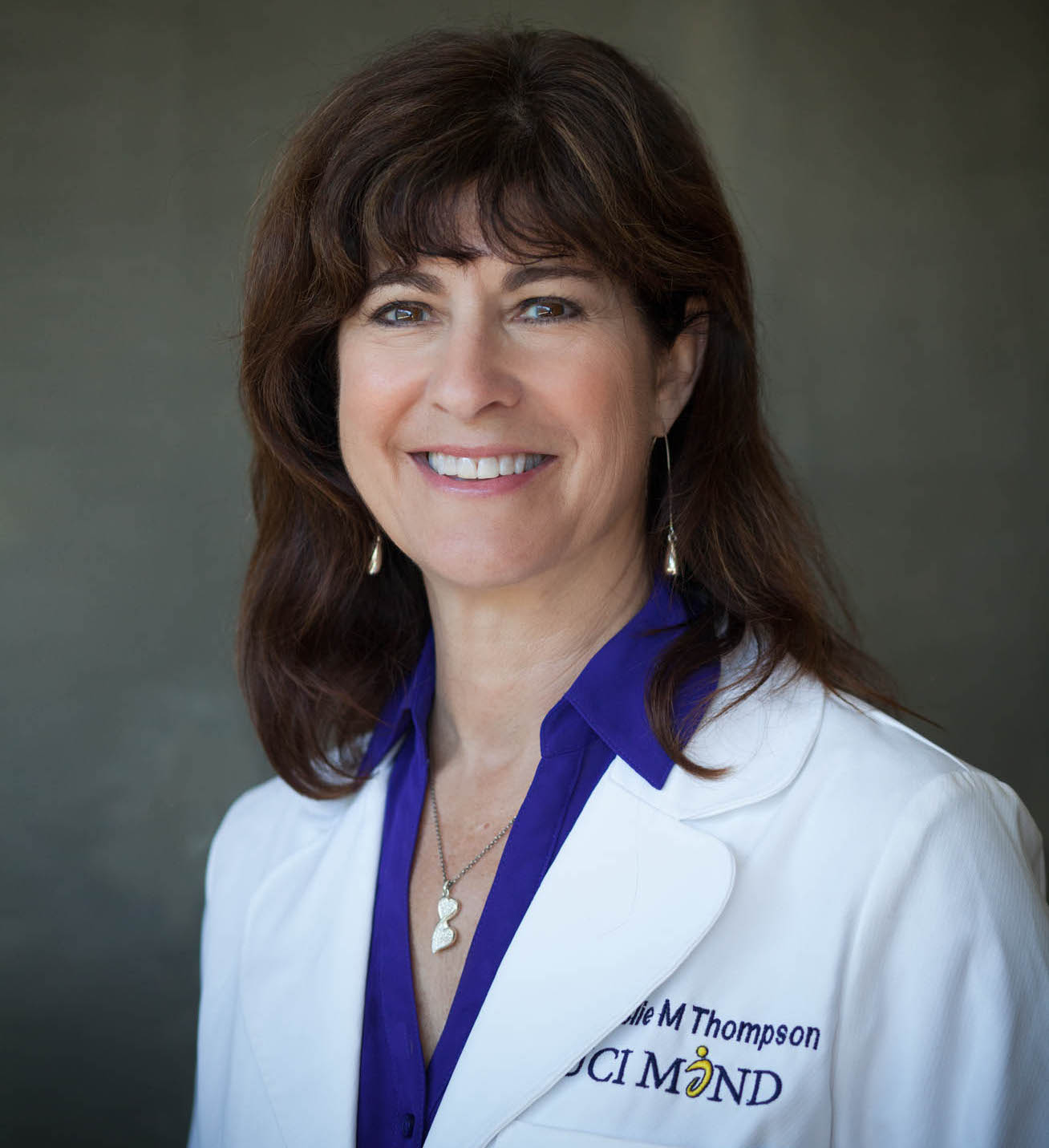 Dr. Leslie Thompson. Photo courtesy of: Thompson Laboratory
Dr. Leslie Thompson. Photo courtesy of: Thompson Laboratory
What is one new and exciting stem cell discovery in your area of research?
One exciting area is the ability to analyze various cell types by differentiating patient-derived induced pluripotent stem cell (iPSC) lines (cells derived from adult, i.e. skin tissue, and modified to act to like embryonic stem cells) into multiple cell types. The methods for the use of this technology are so much more sophisticated now and help us understand what is happening in the brain (especially after disease, such as in Huntington’s) and to observe the detailed mechanisms of the states of individual cells. As a result, we can now understand the biology of the cells in our brains and how they change in disease.
The second exciting area is the potential for transplantation in Huntington’s Disease (HD). There is a lot of progress for this and other neurodegenerative diseases such as Parkinson’s Disease. In fact, we just had a big conference about this at UCI, funded by CIRM and CHDI. Scientists and physicians from all over the world came together to discuss the most recent findings and to work together and leverage each other’s expertise to bring us closer to clinical trials for HD. Each scientist is approaching the research from a different perspective, but we can collectively use our experiences to move the field forward.
For instance, in my lab, we are differentiating pluripotent cells to neural stem cells for transplantation. Others in Europe are differentiating various pluripotent cells to medium spiny neurons, a specific type of neuron affected in HD. There are also mesenchymal stem cell-based approaches ongoing to deliver various factors to the brain as well as efforts to differentiate to astrocyte cell types. This conference enabled us to do an overview of the “state of the art” and better prepare ourselves for future stem cell-based clinical trials.
What is the best way for advocates to rally support for stem cell research?
Americans for Cures has a fantastic HD advocate, Frances Saldana, who is very involved and could speak more about this. (Side note: you can read Frances’ interview here.) Anyone who wants to be an advocate for HD can do so through several organizations: HD Society of America, HDCARE, etc. But the best strategy is to simply create awareness. Families need to talk about it. Advocates should attend walks, go to events, symposia, create support groups, speak at schools, and just try to get involved in activities where they can create awareness.
You’re at a dinner party and someone asks you why you believe in the power of stem cells. What is your response?
Let me put it this way: I was really excited when we were in the midst of identifying the gene associated with HD. That was in the era of genomics, in the early 2000’s, and it was the most incredible time. Right now is the next time I’m excited in that same way. The “stem cell era” has unprecedented opportunity because it affords us the ability to study things in a human cell context in a way that we have never been able to do before. The unlimited potential that stem cells offer for transplantation, drug screening, studying disease development, etc. are all the things that make me so enthusiastic about this area of research. It’s new opportunity that, to me, is similar to the time when researchers had just discovered how to work with recombinant DNA, a sign that gives me great hope for the future.



